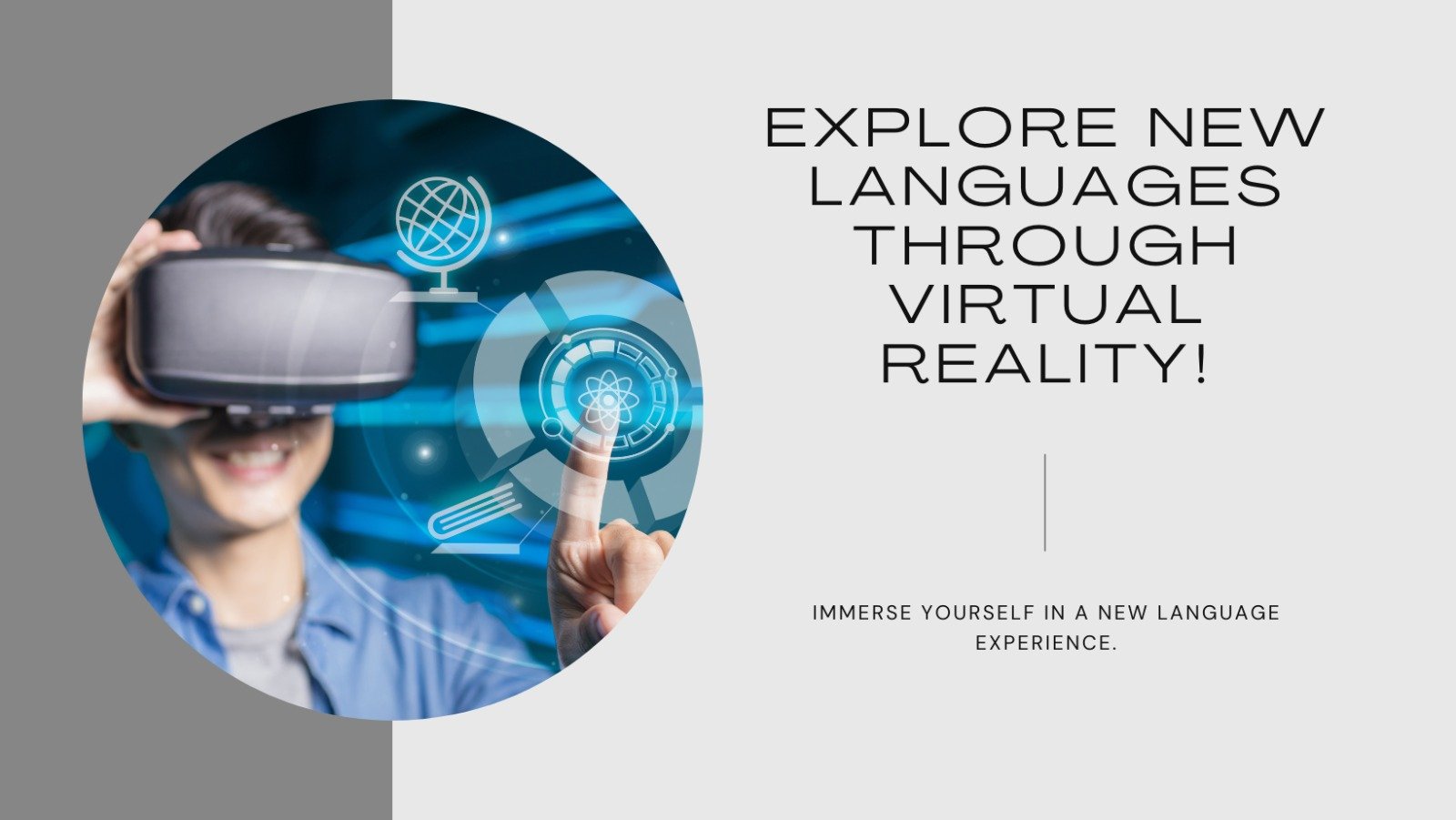VR Language Learning
The appearance of VR language Learning is transforming the conventional strategies for language securing, offering immersive, interactive, and engaging experiences that altogether improve the learning system. With VR, students can practice speaking, listening, and comprehending new languages in reasonable, mimicked environments, providing a degree of contextual learning that course books and regular e-learning stages can’t coordinate.
The Power of Immersive Learning
VR language learning uses the power of immersive learning environments. Drenching is a basic figure of mastering another language, as it permits students to practice in settings that intently imitate genuine circumstances. VR makes these settings by placing clients in virtual environments where they can interact with local speakers, investigate cultural settings, and explore different social situations.
For instance, an understudy learning French can essentially stroll through the roads of Paris, request coffee at a bistro, or participate in a discussion with a nearby person. This sort of immersive experience assists with reinforcing jargon, further, developing articulation, and fostering listening abilities more successfully than conventional homeroom settings.
Advantages of VR in Language Learning
1. Contextual Learning: By situating students in true situations, VR gives a setting to the language being learned. This contextual learning supports better maintenance of jargon and syntactic designs.
2. Safe Practice Environment: VR offers a safe space for students to practice without the feeling of dread toward making botches before others. This can be especially gainful for individuals who experience tension while speaking another language.
3. Customizable Learning Experiences: VR applications can be custom-made to suit individual learning needs and inclinations. This personalization guarantees that students can advance at their speed and spotlight on regions where they need the most improvement.
4. Cultural Exposure: Understanding a language goes past punctuation and jargon; it includes cultural subtleties and informal articulations. VR can open students to the cultural setting in which the language is utilized, enhancing their general understanding and proficiency.
5. Enhanced Engagement: VR language learning is inherently engaging. The interactive idea of VR applications keeps students propelled and interested, which is essential for maintaining steady practice and progress.
Examples of VR Language Learning Applications
A few VR applications and stages have been grown explicitly for language learning, each offering one-of-a-kind highlights to help students.
1. Mondly VR: Mondly VR is a famous language learning application that gives interactive, immersive experiences in different languages. It permits clients to take part in discussions with virtual characters, simulating genuine interactions and improving conversational abilities.
2. FluentWorlds: FluentWorlds combines language learning with gaming components, offering clients an engaging method for practicing English. The application highlights different environments, like air terminals, eateries, and urban communities, where students can practice language abilities in a setting.
3. ImmerseMe: ImmerseMe offers VR situations for students of various languages, including Spanish, French, and German. Clients can browse a scope of genuine circumstances, like cooking classes or business meetings, to practice their language abilities.
The Future of VR Language Learning
The capability of VR in language learning is tremendous, and as innovation continues to progress, so too will the capacities of VR applications. Future improvements could include more complex simulated intelligence-driven interactions, enhanced designs, and considerably more reasonable virtual environments. These progressions will further obscure the lines between virtual and certifiable learning, providing considerably more powerful and engaging instructive experiences.
In addition, the integration of VR with other emerging advancements, like expanded reality (AR) and man-made reasoning (man-made intelligence), could prompt crossover learning arrangements that offer the best of both virtual and actual universes. For instance, students could utilize AR glasses to overlay interpretations and cultural information onto genuine items, while man-made intelligence-driven virtual coaches give customized criticism and direction.
Challenges and Considerations
Despite its many advantages, VR language learning additionally presents a few challenges. The expense of VR hardware can be restrictive for certain students, and there is a requirement for superior grades and open substance across various languages. Also, drawn-out utilization of VR can prompt distress or movement disorder for certain clients.
Instructors and engineers should cooperate to address these challenges, ensuring that VR language learning is available, reasonable, and agreeable for all students. Thus, they can open the maximum capacity of this innovative innovation.
Conclusion
VR language learning is ready to upset how we approach language acquisition. By offering immersive, interactive, and engaging learning experiences, VR can make language learning more viable and agreeable than at any time in recent memory. As innovation continues to advance, we can anticipate that VR should assume an increasingly critical part in training, opening up additional opportunities for students all over the planet.

